Treat yourself to a guidebook when planning a big trip and thereâs a good chance thereâll be a statue on the cover.
These sculpted figures are key landmarks in major cities across the world, carrying either historic significance or a more symbolic meaning. And whatever the reason for its siting, there is usually an interesting story behind a statue. We have chiselled away at four of those tales.
The Little Mermaid, Copenhagen
Based on the title character of the Hans Christian Andersen fairytale, the Little Mermaid is 1.25m in height and weighs 175kg. The statue was a gift from local businessman Carl Jacobsen to the city, who commissioned it after being captivated by the story while watching it performed as a ballet.
Perched on a rock on Langelinje Pier in the Danish capitalâs harbour, the bronze statue is the work of sculptor Edvard Eriksen. It bears the face and head of Ellen Price, the ballerina from the show Jacobsen watched, who agreed to pose. Eriksen's wife, Eline, was the model for the mermaidâs body.
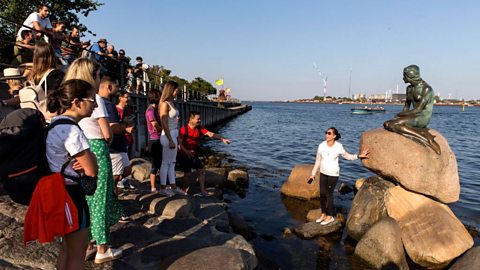
Since it was unveiled in 1913, the Mermaid has regularly been a target for vandalism. However, the one time the statue disappeared from Denmark for a lengthy period of time, it had nothing to do with vandalism and was strictly official business
In 2010, she was moved to Shanghai in China as the centrepiece of the Danish pavilion. Bjarke Ingels, the pavilion architect, said at the time that it took some persuading to have the Mermaid removed from her home - but the fairytale is so popular in China, her six month âholidayâ was eventually allowed.
Venus de Milo, Paris
King Louis XVIII of France placed this intriguing statue in the Louvre after it was presented to him in the 19th Century.
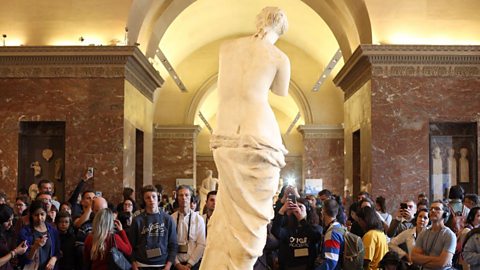
The marble figure itself has gained worldwide fame for having no arms. It was discovered on Milos, a Greek island in the Aegean sea by a farmer called Yorgos Kentrotas in April 1820. Venus was in two pieces, so Yorgos called in the help of a nearby French naval officer, Olivier Voutier who was digging on a site nearby.
Venusâs arms were never found, but the name of her sculptor was. An inscription states that the artist Alexandros created her in around 150BC in the ancient city of Antioch. The link with Milos has led to theories that Venus de Milo is a representation of the Greek sea goddess Aphrodite, although it has never been proven. A connection with France, via Olivier, led to the farmer selling it to the country. It saw Venus travelling to the court of Louis XVIII, and its present home - minus her upper limbs. But could we ever imagine her in one piece now?
Moai statues, Rapa Nui (Easter Island)
Standing on the South Pacific island of Rapa Nui are around 900 carved statues.
European explorers renamed Rapa Nui as Easter Island, and the monolithic figures - called Moai - became known around the world, with two presented to Queen Victoria as gifts in the 19th Century.
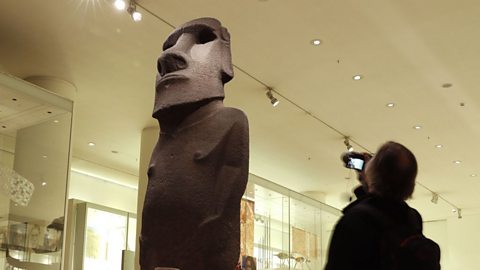
The Moai were carved by the people of Rapa Nui between AD1100 and AD1600. The two removed by Commodore Richard Powell and the crew of the British naval ship HMS Topaze in 1868 were called Hoa Hakananaiâa and Hava. Queen Victoria had them placed in the British Museum in 1869.
To the people of Rapa Nui, the statues are not just decorative. Each one represents the living soul of an ancestor and is spiritually important to the island.
Hoa Hakananaiâa is made from a basalt lava rock and is different to many of the other Moai statues. In 2018, an appeal was made to the British Museum by a delegation from the island to have the statues returned to Rapa Nui.
The British Museum website states that it acknowledges the impact of removing the statues from island and it is working on a long-term relationship with the people of Rapa Nui.
Statue of Liberty, New York
Facing southeast across the harbour of New York City, the Statue of Libertyâs position is ideal for welcoming visitors who arrive by boat.
One of the defining symbols of the United States, the 305ft (approx 93m) statue also known as Lady Liberty is not an American creation at all. It was a gift to the country from France.
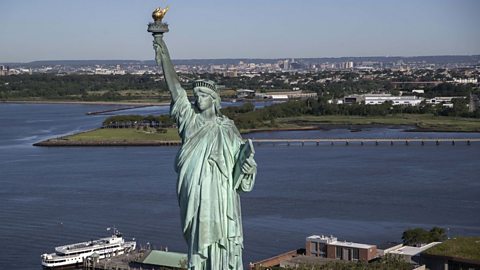
Designed by Frédéric Auguste Bartholdi, the statue marked 100 years since the signing of the US Declaration of Independence in 1776 and the alliance that had existed between America and France.
It would be 10 years after the centenary that the statue was unveiled to the public. Liberty was sculpted from copper in Bartoldiâs workshop in Paris and shipped across to New York in 350 individual pieces in 1885 for the 1886 opening.Bartoldiâs torch design was changed slightly. Glass panels were added so that it could be illuminated at night as Liberty held it aloft. The original torch sculpture was in place for 98 years before being replaced and is now on display in the Statue of Liberty Museum.
In Libertyâs other hand is a tablet, which bears the date of the Declaration of Independence in Roman numerals: July IV, MDCCLXXVI (4 July 1776).
Over time, the copper oxidised to give the statue the green appearance it is best known for. And her face? It has never been confirmed, but itâs been noted she bears a striking resemblance to Augusta Charlotte Bartholdi, the designerâs mother.
Art styles you didn't know you knew
We bet you know more about art than you think you know.
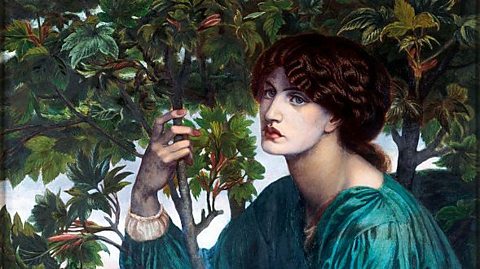
The Bitesize art movements quiz
Who was that Pop Art hero? And which famous name helped create Cubism?

The fabulous Fashion Week quiz: London, Paris, New York or Milan?
Can you match the memorable Fashion Week moment with the city in which it happened?
